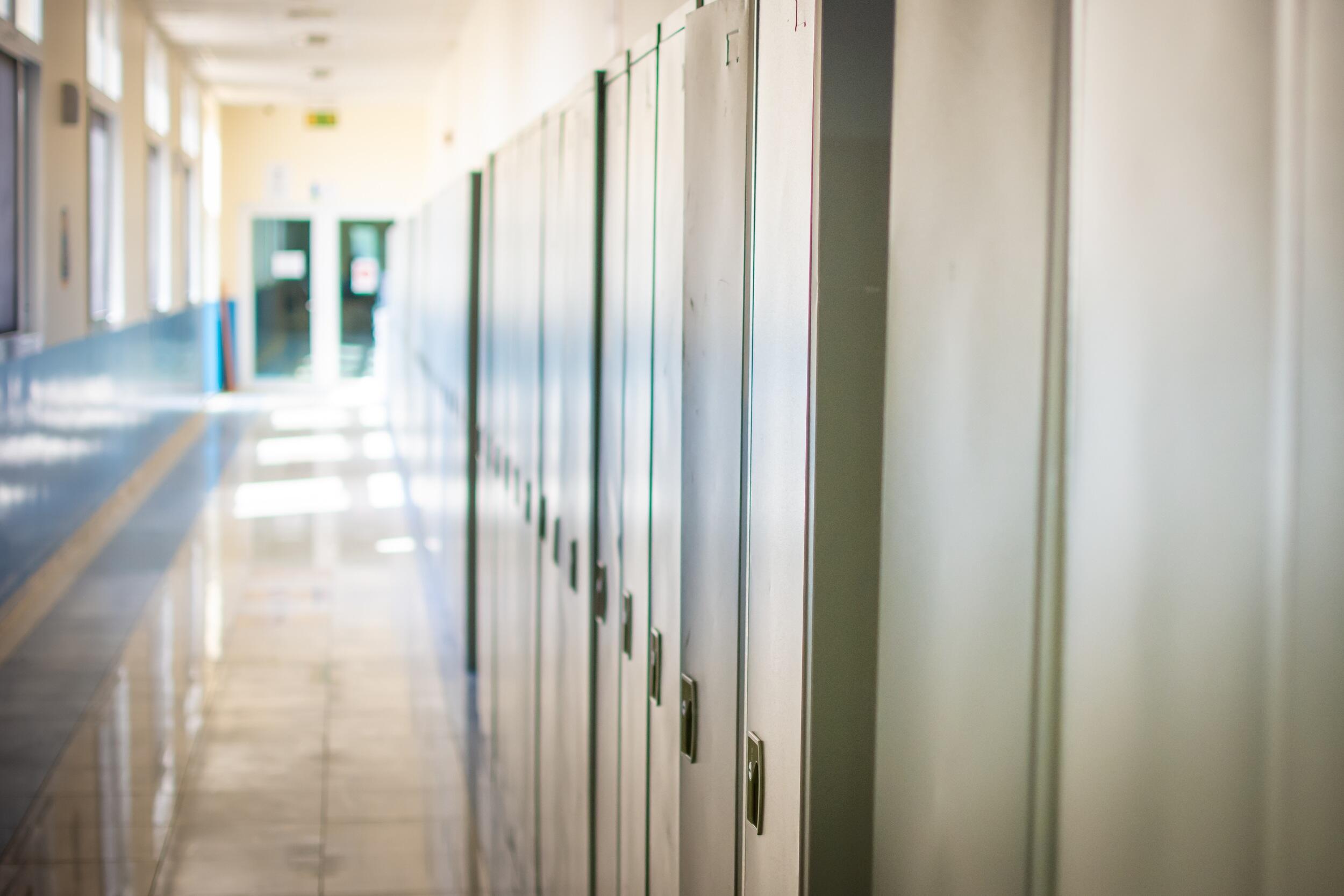
April 28, 2021
VCU, Penn State researchers shed light on racial, economic segregation in Virginia schools
Share this story
A pair of new reports by researchers at Virginia Commonwealth University and Penn State explores the contours of school segregation by race and poverty in Virginia over the past decade and reveals how Virginia students do not have equal access to higher-level coursework, specifically Advanced Placement classes.
“Together the briefs show why segregation matters and the dynamics that shape it, particularly for Black and Latinx students in Virginia,” said author Genevieve Siegel-Hawley, Ph.D., an associate professor in the Department of Educational Leadership in the VCU School of Education. “The issue is especially urgent as racial demographics in the state continue to shift.”
The research briefs, “Double Segregation by Race and Poverty in Virginia Schools” and “Segregation within Schools: Unequal Access to AP Courses by Race and Economic Status in Virginia,” were produced by a team at VCU and the Center for Education and Civil Rights at the Penn State College of Education.
“A unique feature of these briefs is that Virginia’s dataset allows us to explore segregation by race and class, both of which affect students’ access to educational opportunity,” said Erica Frankenberg, Ed.D., director of the Center for Education and Civil Rights and a Penn State professor of educational leadership and demography. “We urge more states to collect and release such data to fully understand the intersectionality of segregation in public schools.”
Among the research brief’s key findings:
- Increasing student poverty in Virginia corresponds with highly unequal access to advanced coursework like AP.
- Race, poverty and educational inequality intersect in key ways between and within schools but racial segregation in schools is intense, regardless of income level.
- Black economically disadvantaged students are the most disadvantaged in key respects, including high levels of exposure to concentrations of student poverty in schools and diminished access to AP courses. Black students experience unequal access to AP classes regardless of a given school's racial/ethnic or economic makeup. Still, lack of access to AP classes is most acute for Black students in schools with high concentrations of economically-disadvantaged students and Black and Latinx students.
- White rural students in Virginia, who are more likely to be economically disadvantaged, report relatively low AP enrollment, while white urban and suburban students report the highest AP enrollment.
- The number of schools of concentrated racial and economic disadvantage is growing in Virginia, even as access to advanced coursework is lowest in these schools.
“School segregation erodes opportunities for all students — opportunities to learn to think, care and share across lines of difference,” Siegel-Hawley said. “It reinforces a racial caste system and severely undermines the economic and moral health of our increasingly multiracial democracy.”
The researchers have shared their findings and a robust set of recommendations with the Virginia Department of Education.
“We look forward to assisting in whatever way is helpful as the state and other organizations continue working on issues related to racial inequity in K-12 schools,” Siegel-Hawley said.
In addition to Siegel-Hawley and Frankenberg, the research briefs’ authors include Kendra Taylor, Ph.D., a researcher who focuses on the intersection of educational and residential segregation; and Kimberly Bridges, Ed.L.D., assistant professor and co-coordinator of the Ed.D. program in K-12 leadership at VCU.
The research briefs are part of a series on school segregation in Virginia. The team’s previous report, “School Segregation by Boundary Line in Virginia: Scope, Significance and State Policy Solutions,” was published in November and found that school segregation by race and poverty is deepening in Virginia, but state and local policy measures could lead to more integration and better educational opportunities.
Subscribe to VCU News
Subscribe to VCU News at newsletter.vcu.edu and receive a selection of stories, videos, photos, news clips and event listings in your inbox.





